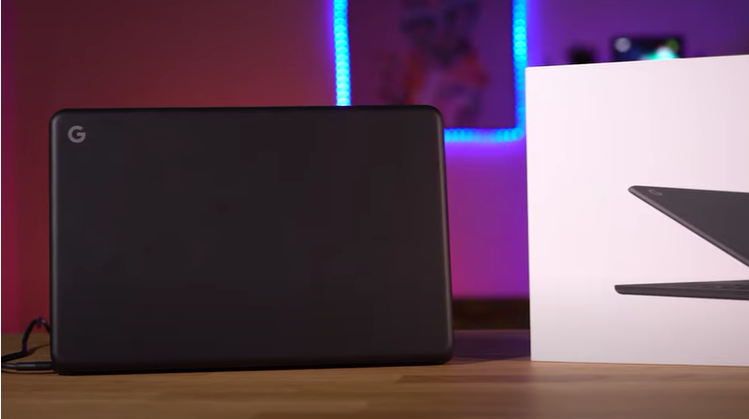
Chromebooks are now a decade old, and Google recognized the milestone with an announcement about some features that a lot of people have wanted for a while.
Some features were great surprises, but there are two new features that people have been waiting to be a part of Chrome OS since it was introduced in the market. They are Phone Hub and Nearby Share.
Chromebooks new features
According to Google, both Phone Hub and Nearby Share are ideas borrowed from Microsoft Windows and Apple's macOS, but they can fit Google's devices perfectly.
The two features can help make your Chromebook communicate with your Android phone. The Phone Hub for a Chromebook is different than the Phone Hub in a Windows 10 PC and Samsung phone.
Also Read : M1 MacBook vs Chromebook Comparison: You'd be Surprised What Device Did Better in Real-Life
Aside from mirroring notifications, Phone Hub gives control over features like the hotspot, it can help find your phone like a Tile tag, and it lets you sync browser tabs between Chrome on Android and Chromebook's browser.
Meanwhile, Nearby Share is an Apple AirDrop clone. You can select something to share, tap the share icon, and you can choose any device to share it with as long as Nearby Share is enabled.
Unfortunately, this feature only works with Android and Chrome OS, so you will need to use the old-fashioned ways to share with iPhone users or other laptops, according to CNET.
Upgrading the Chromebook
Both of these features have one thing in common, and they could have existed using some Google computer in the cloud. The mechanism for sharing notifications has been around since the first Android Wear watch was launched in 2014, and notifications are one thing that it gets right today.
The first consumer Chromebook automatically synchronized with Google Drive. Any Google Assistant / Google Home compatible device users an automatic discovery option over a network, and Bluetooth file sharing has always been a thing.
Google's real mobile competition is Apple as Apple has implemented its own versions of the iPhones, iPads, and MacBooks in a lot of similar ways, and people do use the features.
According to Fortune, features of the device increase productivity, and it also increases the enjoyment of using the products by being easy to use and effective.
Apple and Google often borrow ideas from each other and, most of the time, improve them before applying them to their respective products.
This is what is called a copycat conundrum. Last year, Android 11 borrowed at least five features from the iPhone. The most noticeable one is the availability of smart home controls on an OS-level at any time through Google's new power button menu.
Like an iOS, users will be able to control their Google Home-connected smart devices anywhere in Android.
Google is also making it easier to switch between media hardware through Android 11's drop-down notification menu.
Android 11 also got the option to approve permissions for location or camera access on a case-by-case basis. Instead of granting long-term sweeping permissions, the device will let you give access to the protected resources just one time.
With these Google adjustments and upgrades, it is no surprise that Google is planning to apply borrowed ideas to its Chromebook.
This article is owned by Tech Times
Written by Sieeka Khan




